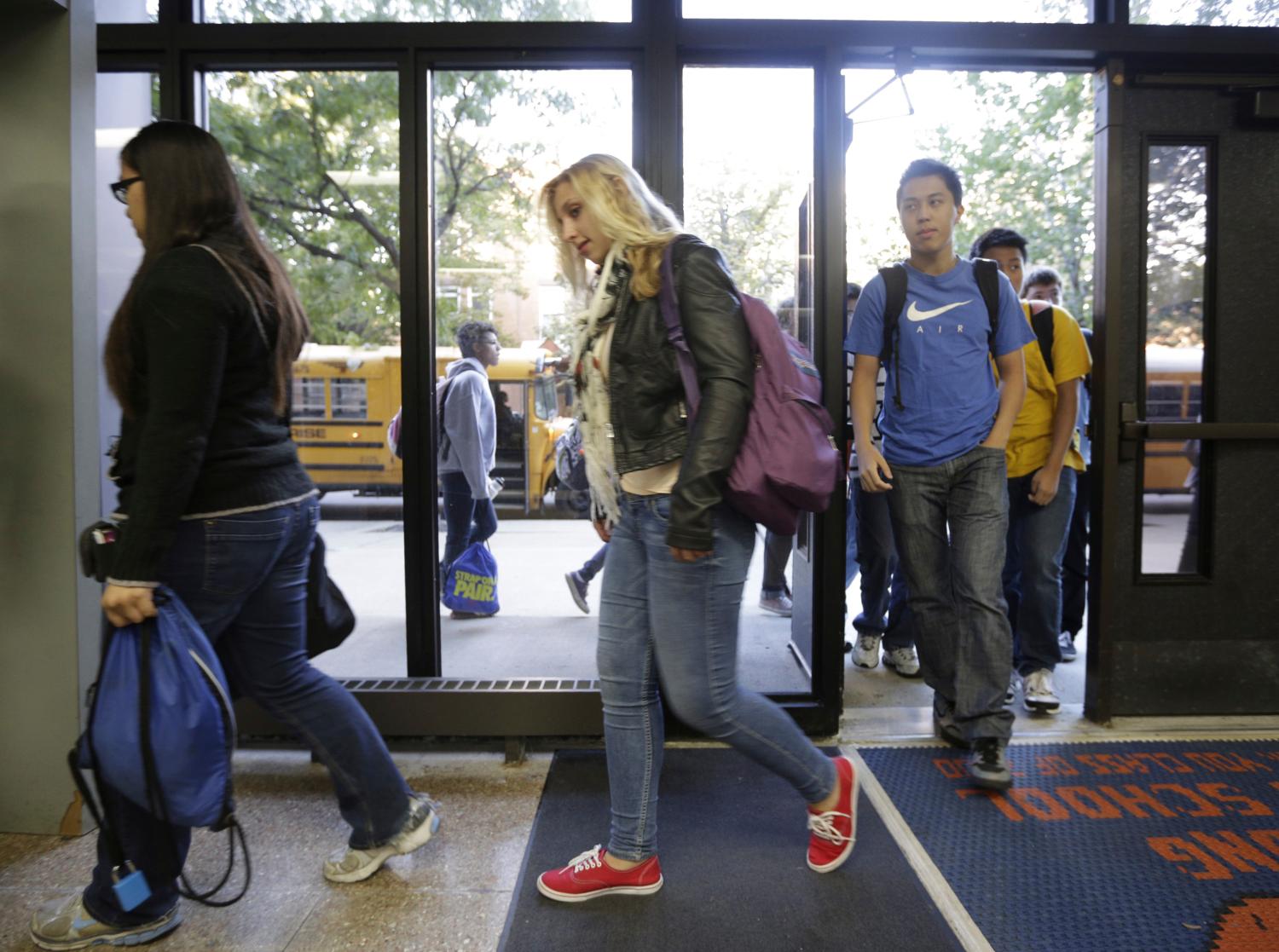Rising pension contribution rates are causing great angst among school districts in California. The rates are not rising because benefits are improving—in fact, the benefit formula for new teachers today is much less generous than for teachers hired prior to 2013—but because the California State Teachers’ Retirement System (CalSTRS) has amassed substantial debt. As of the latest actuarial valuation report, the CalSTRS’ total unfunded liability is over $100 billion.
Yes, $100 billion with a B. To put that in perspective, the unfunded liability is greater than the total amount of money spent to educate all of California’s public K-12 students for a year ($97.2 billion).
In 2014, California passed legislation designed to put it on a path to pay down the CalSTRS debt. At the time of the legislation the total contribution to CalSTRS—on a per-teacher basis—was about 18% of salaries (paid by three parties: employees, school districts, and the state). The legislation was to phase in rate increases through 2021 that would result in a total contribution rate of just over 35% of teacher salaries—nearly a 100% increase from the 2014 level. The higher rate would be needed for a generation (through 2046) according to actuarial calculations.
Since the 2014 legislation was passed, the plan has not performed as well financially as actuaries anticipated at the time, despite a robust economy. As such, the most recent projection is that the contribution rate will plateau at around 38% of teacher salaries, and again this rate will carry forward through 2046 (see figure below). In principle this number could be revised upward or downward in the future, but based on the history of CalSTRS and other similar plans nationwide, my bet is that it will be revised upward and even larger contributions than what is currently projected will be needed. The reason is that CalSTRS’ actuaries make assumptions that most financial economists believe are too optimistic (myself included), which will trigger the need for more funding down the road.
I have recently been involved with two projects that have put me close to policy discussions associated with the rising cost of teacher pensions in California. The first is a report on CalSTRS that I co-authored as part of Getting Down to Facts II, which formed the basis of testimony I gave to a California Senate budget and fiscal review subcommittee. The second is a just-released evaluation of district budget and survey data that examines how district budgets and services are impacted by rising pension costs (along with other benefit costs—primarily health-benefit costs for current and retired teachers).
The reports combine to paint a troubling picture. Pension and health-benefit costs are bending education finances in California to their will. The sheer magnitude of the rising costs is staggering. Large numbers of school board officials who participated in our survey indicate that the rising costs are meaningfully affecting educational services. For example, many report making cost-saving changes to district budgets that include deferred maintenance, larger class sizes, and fewer enrichment opportunities for students in response to rising pension and health benefit costs (see Figure 3 here).
The problems that these costs are creating will affect district choices for the foreseeable future, even if actions are taken now to control costs moving forward. There are special circumstances in California that have contributed to the currently poor financial condition of CalSTRS (namely, California underfunded the plan for many years). Still, most state teacher plans are severely underfunded, and the situation looks even worse if optimistic actuarial assumptions are scaled back.
Going deep into district finances has helped me to better appreciate the labor unrest in many California districts, which mirrors similar unrest in other states. Teachers are frustrated over low and stagnant pay. But labor costs for districts are going up rapidly due to pension and health-benefit costs. Because these benefit cost increases do not correspond to rising benefits for current teachers—they reflect legacy costs—they are creating a larger and larger wedge between what teachers today take home in terms of wages and benefits, and school districts’ personnel costs.
Through the policy conversations I’ve had stemming from this work, the key question I keep coming back to is the following: how much are we willing to pay for teacher benefits? And by “we” I mean everyone, including teachers themselves, for whom there would be more resources available for salary increases (among other things) if benefit costs were lower. Focusing on pension benefits specifically, the currently-projected 38% of teacher salaries that will be required to fund CalSTRS annually through 2046 is a staggering amount of money, and again, in my view this is an optimistic projection. Is this too high? Would 50% be too high? 70%? At what point do we implement meaningful reforms to rein in the costs of these systems (e.g., by building in structural barriers to prevent the accrual of legacy costs)?
I don’t know the answer, but that is the question. At the rate we’re going I’ll get my answer. I just wish it wasn’t going to be so painful.
The Brookings Institution is committed to quality, independence, and impact.
We are supported by a diverse array of funders. In line with our values and policies, each Brookings publication represents the sole views of its author(s).







